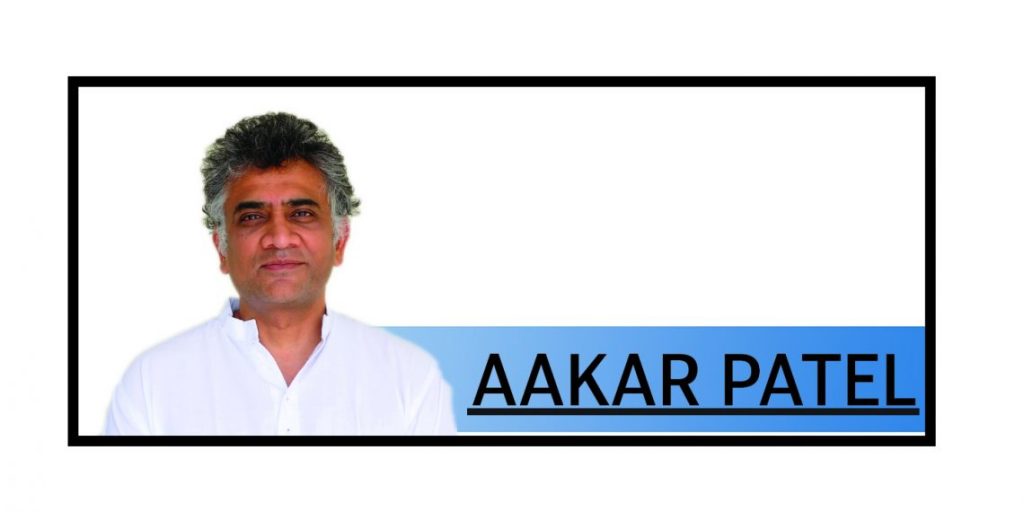In 2014 Manmohan Singh said “I sincerely believe it will be disastrous for the country to have Narendra Modi as India’s Prime Minister.” Four years later he said he recognised his words had been harsh but he added that the “time is not far off when public at large would have the chance to pronounce on the efficacy or otherwise of public policy which has been put in place by Modiji.”
In a matter of days we will enter year 10 of the government and it is a long enough time to judge whether Singh’s words were true, partially true or wholly incorrect. A few years ago, when it became apparent to me that enough evidence was in to send down judgement on Narendra Modi’s performance as Prime Minister, I began to write a book called “The Price of the Modi Years.” It was published in paperback, then republished in hardcover and now is again being published in paperback. One of the things that is required for a new edition is for me to update the chapters, particularly one in which I have compiled some global indices. These measure India’s standing on various things before 2014 and after. It will not surprise Modi’s critics that India has fallen on most of them (49 out of 53). It will also not surprise his supporters because they believe the world is biased and has an anti-India agenda.
However, having written the book and then having to update it constantly over the years has meant that I have kept in touch with the data and information across a range of subjects. Whether one accepts or rejects the data, one has to engage with it. Saying that it is biased is to run away from it, which is what the government has done. Given the events of this week, I wanted to put in one place all of the material that is linked to democratic freedoms and rights in India as perceived by the external world. This is material compiled by think tanks, some of which are conservative (what is called ‘right wing’) while others are liberal. They have studied and ranked all nations, not just India so it is especially puzzling that one should think they have an India-specific agenda.
The Economist Intelligence Unit, based in London, downgraded India in its Democracy Index in 2020, classifying it as a “flawed democracy.” This continues to be the case in the 2022 index. India scores highly on electoral process and even, surprisingly, on pluralism. But it is low on civil liberties and political culture. The index has been around since 2006 and India’s score began to slide after 2017.
The Cato Institute, based in Washington, has a Human Freedom Index that measures rule of law, religious freedom, civil liberties and freedom to trade internationally. India’s ranking in 2015 was 75, in the 2022 index (which looks at data from 2020) it is ranked 112. The reason is low scores on human freedom and personal freedom. Among the institute’s founders is Charles Koch, the Republican Party’s donor. Freedom House is a think tank funded by the US government. In its 2014 Freedom in the World report, India was classified as “free” with a rating of 77. The rating is a mix of two things: one is on political rights. India has always scored highly here, including on free and fair elections. The second part is on civil liberties. India scores poorly here, with a decline after 2014. In 2020, India was classified as “partly free” and Kashmir, which is marked separately, as “not free.” In 2022, both of these are unchanged and in fact India’s score has fallen further.
Civicus is a global alliance of civil society organisations headquartered in Johannesburg, South Africa. Its annual monitor of national civic spaces downgraded India from “obstructed” which it was in 2017 to “repressed” in 2021 and also in 2022. India scored 31/100.
The Bertelsmann Stiftung Political Transformation index is compiled in Gutersloh, Germany. Their concept of democracy goes beyond free elections and political participation. It includes the functioning of the rule of law as well as the acceptance, representation and political culture of the democratic system.
India was ranked 26th in 2015, fell to 34th in 2020 and to 50th in 2022, classified as a “defective democracy.” In Economic Transformation, India was 65th, the same as Rwanda.
The University of Gothenburg, Sweden, has produced the Varieties of Democracy index since 1972. It classified India as “electoral autocracy” in 1975 and 1976, during the Emergency. From 1977 to 2016 India was an “electoral democracy.” For the last six years it has again been classified as an “electoral autocracy.” India is in the bottom 40-50 per cent of the world’s nations, clubbed with nations like Nigeria, Serbia, Pakistan and Singapore.
I have not found a single index, whether by a conservative think tank or a liberal one, that says India is more democratic and more free today than it was in 2014. The point is that what is happening around us has been going on for a long time. We, in the thick of it, may not have noticed the water boiling and the temperature rising. But the world has, and it has been warning us for some years now to correct course and move back to the path of democracy and pluralism.
